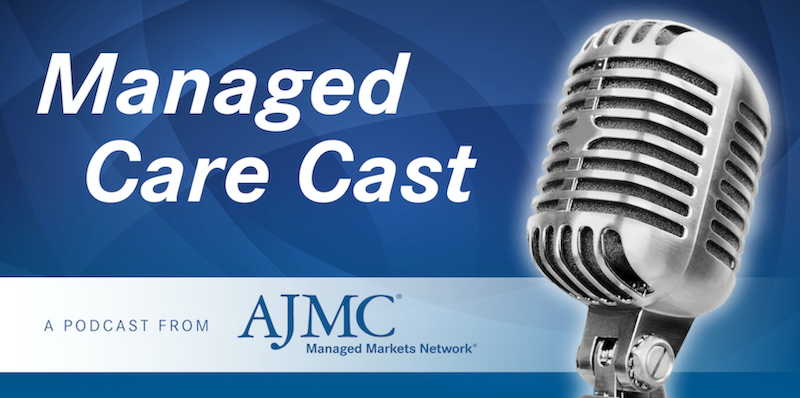Video
Patient and Social Impact of Migraines in the Workplace
Key opinion leaders weigh in on mental health disorders playing a bigger role for patients with migraines.
Transcript:
Neil Goldfarb: Migraine is a significantly impactful disease. I would not want to suffer from migraines, and I’ve known many people who’ve suffered from them, and it can be really disabling. There’s a significant diminishing of quality of life. People who have not only headaches but can have vision issues and balance issues, and nausea.
There’s a significant patient impact that we can begin to address.
David Hines: One of the triggers that you deal with on migraine alone has to deal with stress, depression. Different emotional states can trigger and basically impact folks and bring on more migraines and then get into a spiral of migraines. As I look at my teachers, there was a study that came out a few years ago from Robert Wood Johnson Foundation that said 46% of teachers have a high level of daily stress. Mental health issues are profound. My teachers, by their basic nature, they’re nurturers. They care about their kids. They carry that stuff home with them as they’re caring about their kids. Depression, stress, and anxiety are very real in their lives, and it becomes a compounding effect and helps to pronounce or bring on more migraines and other issues. It’s a profound overlap.
Opioid abuse, every employer is concerned about that. There’s been overuse of opioids. Narcotic and non-narcotic pain relief is one of the measures that people reach to, and it’s our hope that we will decrease the opioid utilization and the treatment with opioids as there are more alternatives and better options for treatments today.
Neil Goldfarb: Because migraine can have such a disabling impact on physical health, it oftentimes also is seen that it has a significant impact on mental health, depression in particular. We have done some research looking at the prevalence of depression in people who have migraine. And studies have indicated that anywhere from 10% to 50%, depending on who’s measuring and how they’re measuring depression, of people with migraines will suffer from depression.
There’s a high prevalence of comorbid depression in the migraine population. That needs to be treated appropriately. It’s not just then a question about how do I treat the migraine, it’s a question of how am I also addressing the mental health need?
In our research we found that people who had migraine and comorbid depression had direct costs that were twice the cost of people who only had migraine. People who had migraine had nearly double the cost of people who didn’t have migraine. People who had comorbid depression and migraine had twice the cost of people with just migraine. Clearly we have to be addressing both depression and migraine for the migraine population.
Now, opioid use is another major behavioral health concern. We know that many people with migraines are prescribed opioids, perhaps appropriately, perhaps inappropriately. In our research we found that 30% of the people with migraine diagnosis also had at least 1 prescription for an opioid.
That’s of concern. A lot of people also were on benzodiazepines, and concurrent opioids and benzodiazepines—that’s of a lot of concern. We need to be making sure that people who have migraine and have pain from migraine are having that pain appropriately managed. And opioids for most of those people is probably not the right answer.
I think that people with migraine need to have assessment and treatment from an appropriate provider who understands what to look for regarding not only physical health but also mental health, and knows how to manage pain and how to prescribe preventive drugs appropriately.
The combination of migraine and depression can have a significant impact on quality of life. For people who are pretty much disabled when they have a migraine flare-up and can’t engage in their usual social activities, physical activities, there’s a pronounced impact on quality of life that translates into a pronounced impact on medical utilization and cost.

How Can Employers Leverage the DPP to Improve Diabetes Rates?

How Can Employers Leverage the DPP to Improve Diabetes Rates?
2 Commerce Drive
Suite 100
Cranbury, NJ 08512
© 2025 MJH Life Sciences® and AJMC®.
All rights reserved.



